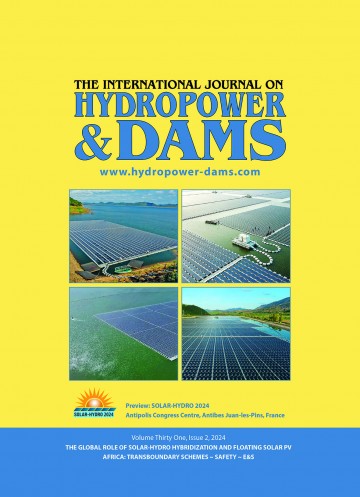Journal
The bi-monthly International Journal on Hydropower & Dams features research papers, case studies, project updates, business and financial news, and policy papers aiming to help advance the state-of-the-art of dam engineering and hydropower development.
Special Publications
World Atlas of Hydropower & Dams 2023
Energy data from more than 180 countries and guide to companies and organizations active in hydro and dams.
Maps & Posters
Technical maps and posters highlighting key hydro and dam projects worldwide.
Event Proceedings
Books, CDs and USBs of papers from the HYDRO, ASIA and AFRICA series of events.
